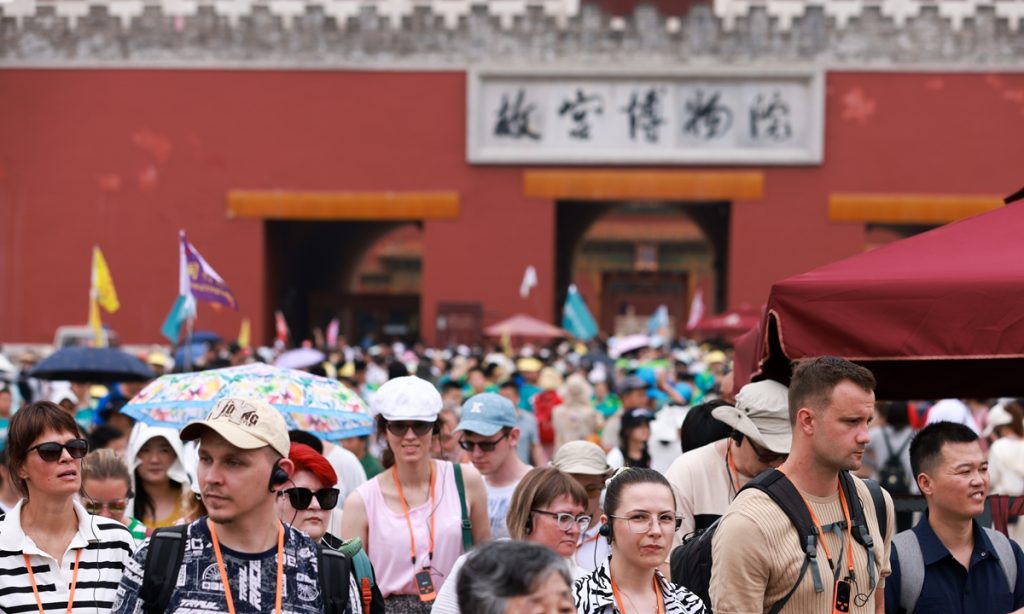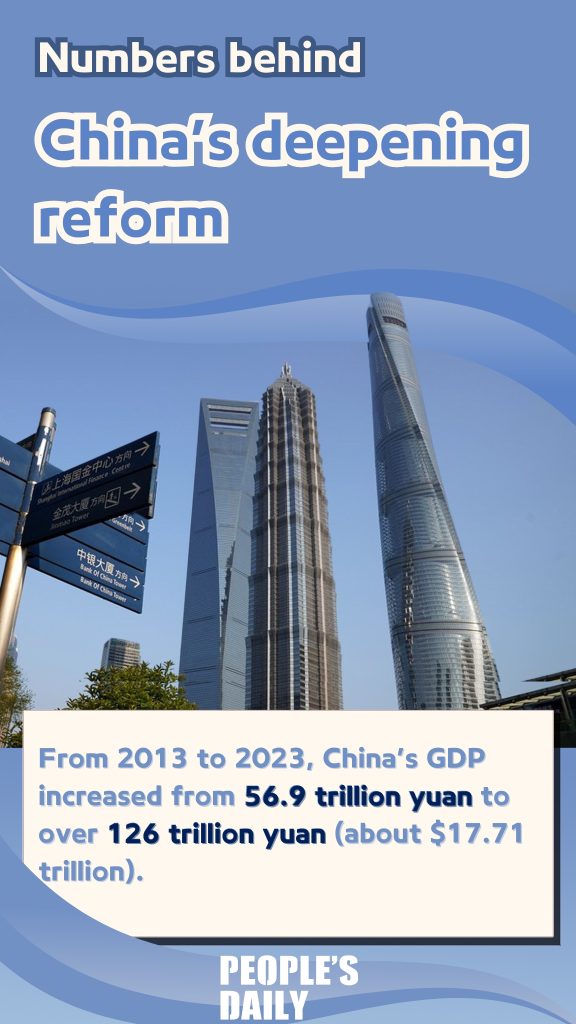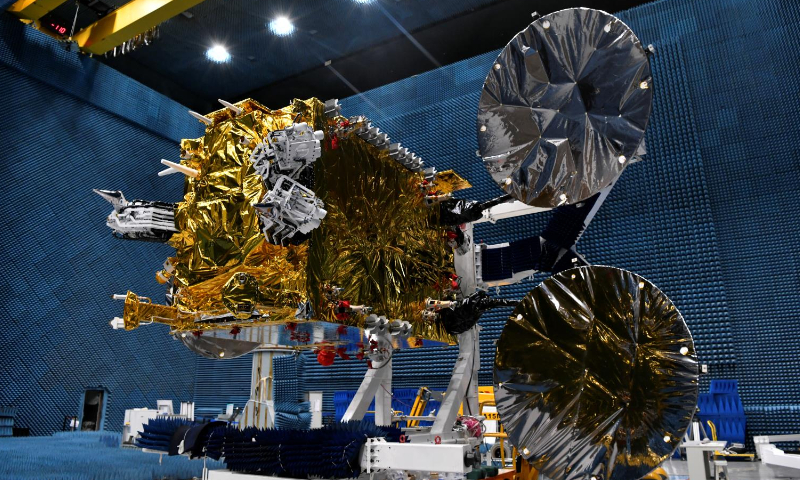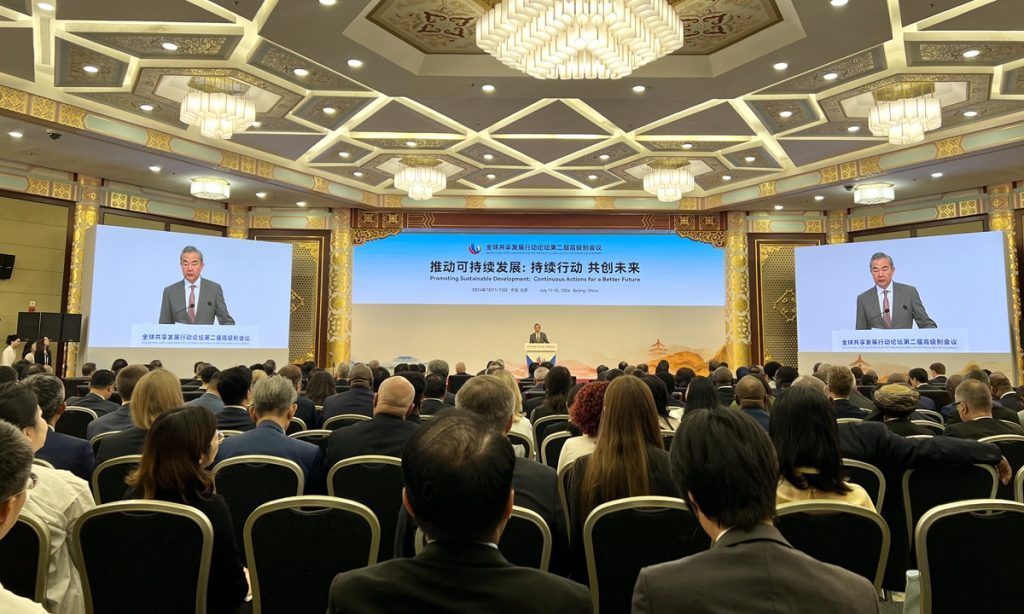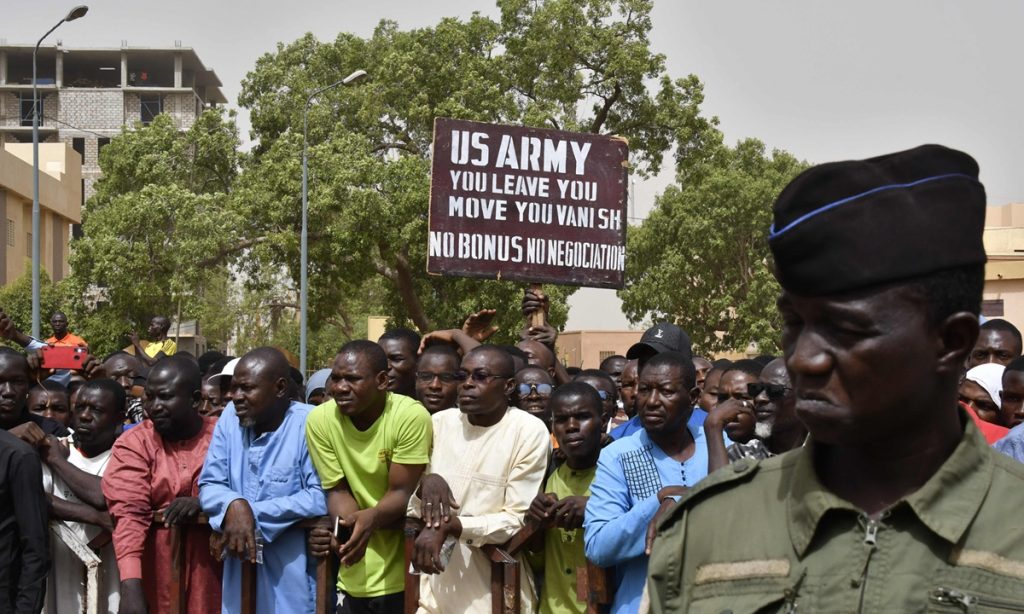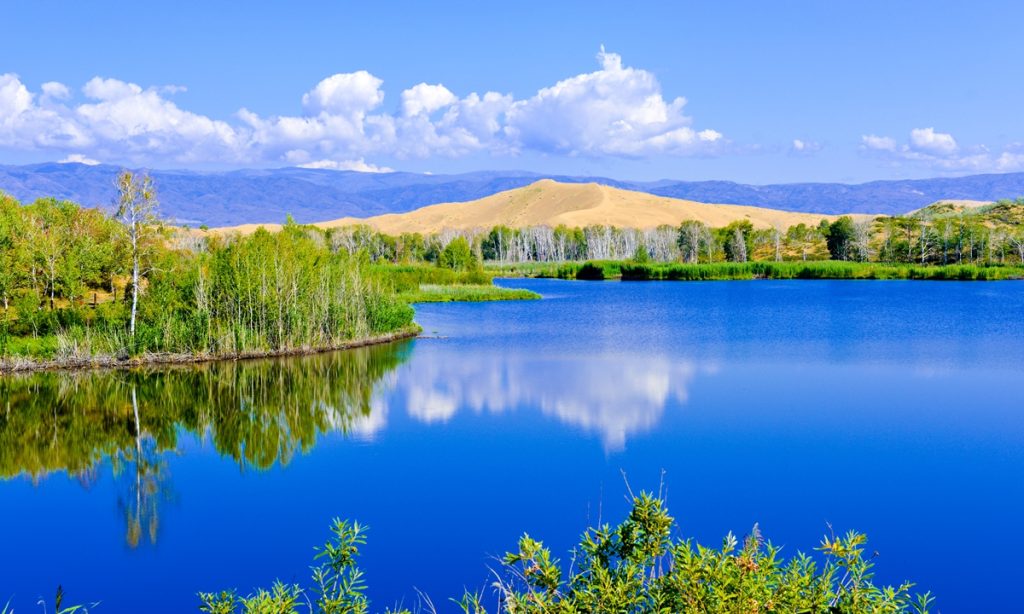China's contribution to WTO receives wide global endorsement; country set to play 'exemplary' role against Western protectionism
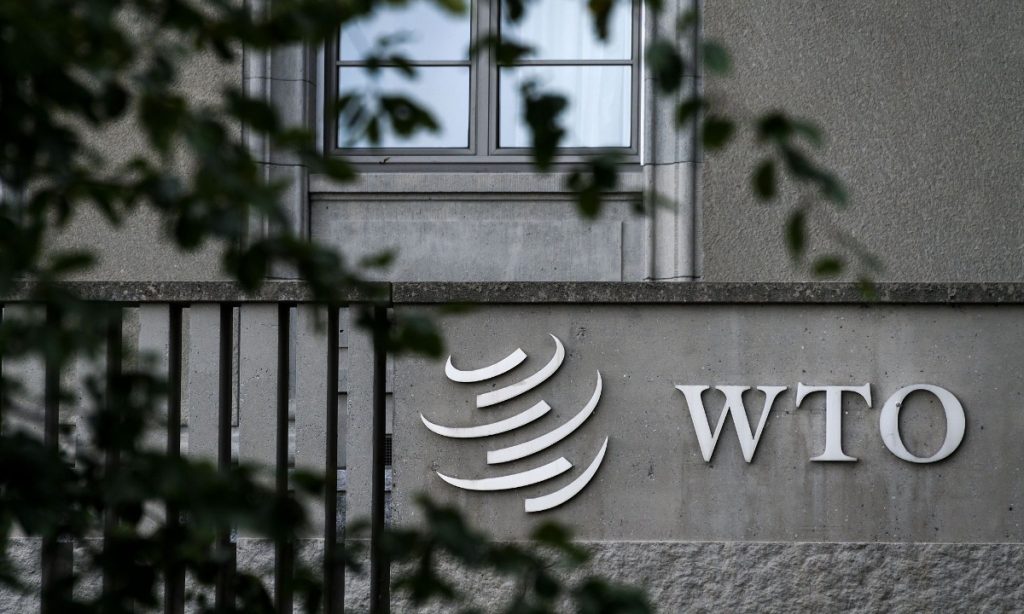
China's outstanding contributions to promoting global economic growth, maintaining multilateral trading mechanisms and supporting the reform agenda of the WTO have received wide endorsements during the ongoing ninth review of the trade policies and practices of China by the WTO being held in Geneva, Switzerland, the Xinhua News Agency reported.
Representatives of WTO members as well as a WTO report issued on the review have also elaborated on China's unswerving commitment to facilitating trade liberalization, including reducing tariffs, optimizing customs procedures and introducing a negative list. Those measures, according to officials and observers, drive global trade and prompt more countries to integrate into the global supply chain. More importantly, they play an exemplary role in a world that is increasingly fragmented by certain Western countries' protectionist moves and small-clique approach.
While the US, EU and certain other Western countries have attempted to seize the occasion to slander China's industrial policy, which they claimed "harms other countries," Chinese observers pointed out that those "who shout the loudest" are the ones who weaponize tariff tools and other trade remedy measures to rampantly target other countries' competitive industries.
Those moves have erected trade barriers and caused chaos in the global supply chain, analysts warned, urging the US and other Western countries to abide by WTO rules and refrain from more protectionist measures that could lead to dire consequences for the global economy.
The ninth review took place on Wednesday and the second session will be held on Friday. During the review, representatives of WTO members highly praised China's practical support, especially its assistance to the least-developed members, in accelerating development and further integrating into the multilateral trading system, according to the Xinhua News Agency report.
As an important and responsible member of the WTO, China has made significant contributions to promoting discussion of a range of topics including investment facilitation, e-commerce negotiations, domestic regulation of trade in services, plastic pollution prevention and fishery subsidies. It also supported reforms in the WTO's dispute settlement mechanism and efforts to restore the functioning of the appellate body, according to the representatives.
A report by the WTO Secretariat was issued on Wednesday, which provided a comprehensive evaluation of China's economic and policy measures during the review period, which ran from 2021 to 2024. It listed China's achievements, ranging from an economic rebound, progress in making market-oriented reforms and trade expansion to the further liberalization of the foreign investment framework.
"It is a fact-based and objective assessment that well recognized China's underpinning role in the global trade system. It also served as a strong pushback against smears by the US and other Western countries against China's trade pattern," Gao Lingyun, an expert at the Chinese Academy of Social Sciences, told the Global Times on Thursday.
Vice Minister of Commerce Li Fei led the Chinese delegation to attend the review. In a speech, Li stressed that since the last review in October 2021, China has actively practiced multilateralism, continuously played an important role in global development and provided more opportunities to the world with its super-large market.
Bai Ming, a research fellow at the Chinese Academy of International Trade and Economic Cooperation, told the Global Times on Thursday that it is also worth noting that the report underscored that China not only fulfills its opening-up commitment since joining WTO, but also firmly supports the functioning of multilateral trading system to play a pivotal role in global trade governance.
While the WTO report also raised concerns on the transparency of government support and export restrictions on certain critical materials, Chinese analysts stressed that those measures taken by Chinese policymakers align with international practices and are in line with WTO rules.
"The review is also a good chance for China to elaborate policy stance, strengthen communication with the trade organization and dispel unnecessary concerns," Gao said.
China's unwavering commitment to WTO obligations also stands in contrast to the unilateral moves by US and other Western economies, which have been wracking havoc on global supply chain and eroding the prospect of global trade, analysts pointed out.
It is also ironic that the destroyers of global multilateral trading order are seizing the opportunity to accuse China of its industrial practices that they claimed detrimental to the interests of US and other emerging and developing economies.
According to a Reuters report, in a delivered speech, Washington accused Beijing of "predatory" industrial practices that harm other countries. An EU statement also claimed on Wednesday that China's "distortive" industrial policies create "further overcapacity in China with negative externalities for a wide range of WTO members."
Analysts said that those accusations laid bare the Western countries' double-standard, as they, while taking aim at Chinese practices, did not mention a word about the countless rounds of trade restrictions slapped on Chinese exports and the hefty subsidies provided to shore up industries at home.
"Those claims are not even written into the WTO report, indicating that they're heavily distorted from facts," Gao said. He stressed that regardless of the discords created by foreign forces, China will continue to be a stabilizer of the global trade, with its continuous advancement of reform and opening-up set to bring greater benefits to the world economy.
According to the WTO report, China's importance in the global economy and in trade was further accentuated during the 2021-2024 review period. China's economy expanded 5 percent in the first half of 2024, demonstrating strong resilience in the face of multiple headwinds.
